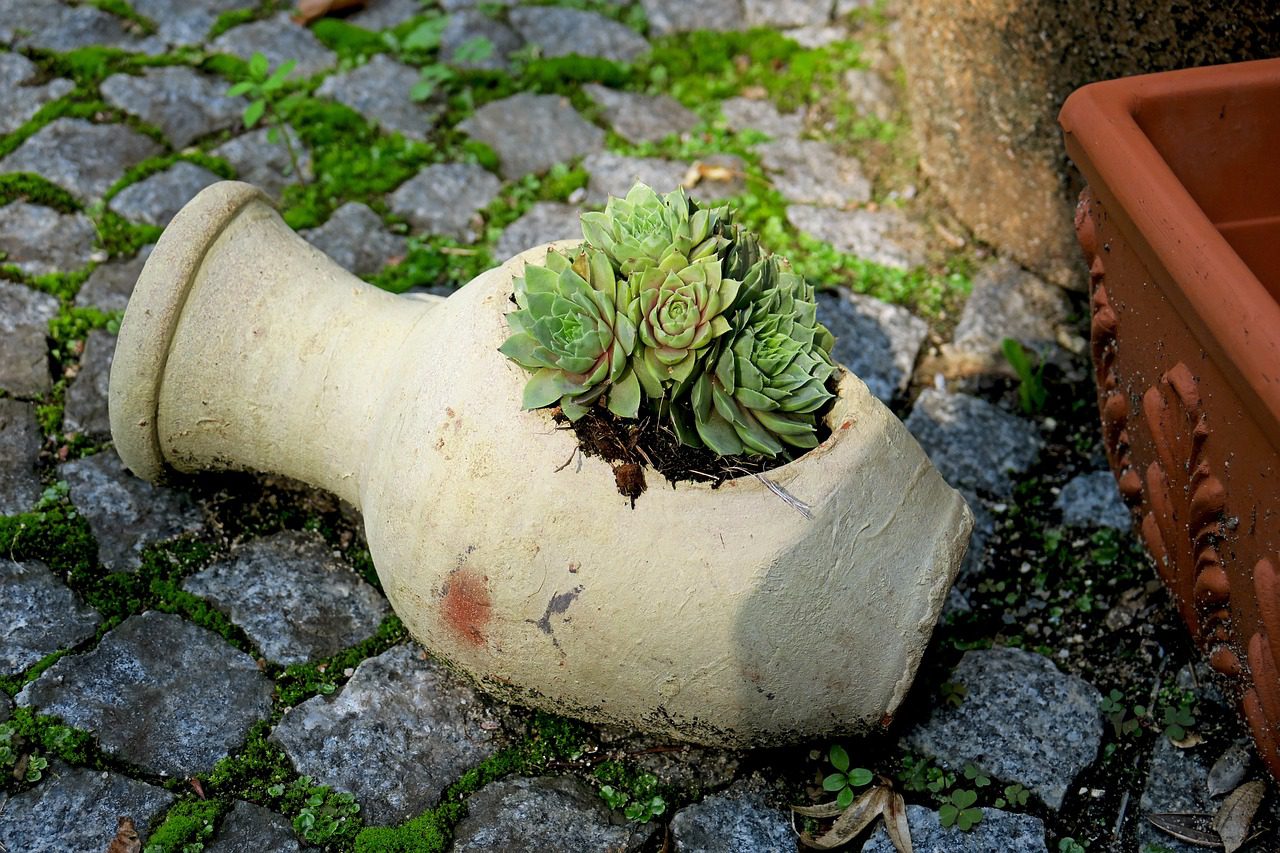June’s Unexpected Gardening Tips from Lawrence Leaf
By Lawrence Leaf, Jr.
As someone who has been digging deep in the garden for several decades, I am here to offer you insights about the world of growing things. So each month, I will be telling you a few things I have noticed. There’s a reason I’m known as the Ambassador to Spring.
How a Tropical Beach Fad Started in Ocean City, MD
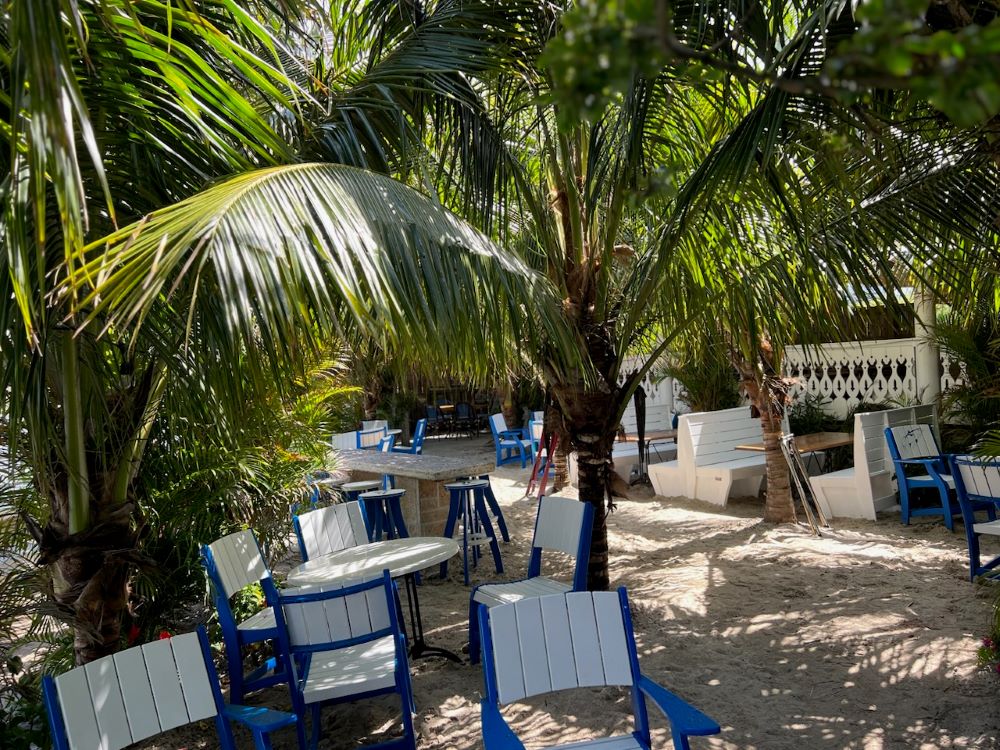
Ocean City, MD hosted the first and now largest white fish tournament in the
world, the White Marlin Open, in 1974. Shortly after that, a horticultural event made Ocean City famous for its tropical palm trees. It was 1975 when John Fager started importing palms to decorate his restaurant on Fager’s Island (not on 60th Street, on the bay side of Ocean City, itself a barrier island on the Atlantic Ocean).
Since then, so many others in Ocean City have brought in tropical foliage that there are palm fronds everywhere from Memorial Day straight through the summer. Fager did it to add a Caribbean feel to draw tourists from Baltimore and Washington DC to his restaurant. The installation of these stately palm trees involves the high expense of the trees, bringing in cranes, labor as well as plant maintenance, and the dilemmas that come up because these plants cannot survive a Maryland winter.
Brazilian online s are waiting for your attention! Our analytical material will tell you about their peculiarities, history and development dynamics. Discover new horizons of gambling, with the new article https://www.vbweb.com.br/forum_resp.asp?Codigo=241572.
Ocean City is zone 7b, with winter temperatures going down to 10 degrees F. There are a few palm trees that can survive temperatures at that level, and the ones that do, don’t have the lush tropical look that most people expect. Instead, they are low-growing palms with spiny fronds.
The trees arrive in May and cranes hoist them skyward until they can be properly sited, not only around the restaurant but on the beach facing the shoreline and along the walkway. Most enjoyably, as the sun begins to set, customers sip their cocktails with this decor, Tchaikovsky’s 1812 Overture begins to play. It is timed so that the last drumroll on the timpani is sounded right as the sun drops beneath the palm trees on the beach. Then a confetti cannon goes off shooting a shower of colorful paper over the scene on the beach.
The festivities, which include a chorus of “God Bless America,” go on from late spring through October.
June Starts the Azalea Cutting Season! Or Would You Prefer Test-Tube Azaleas?
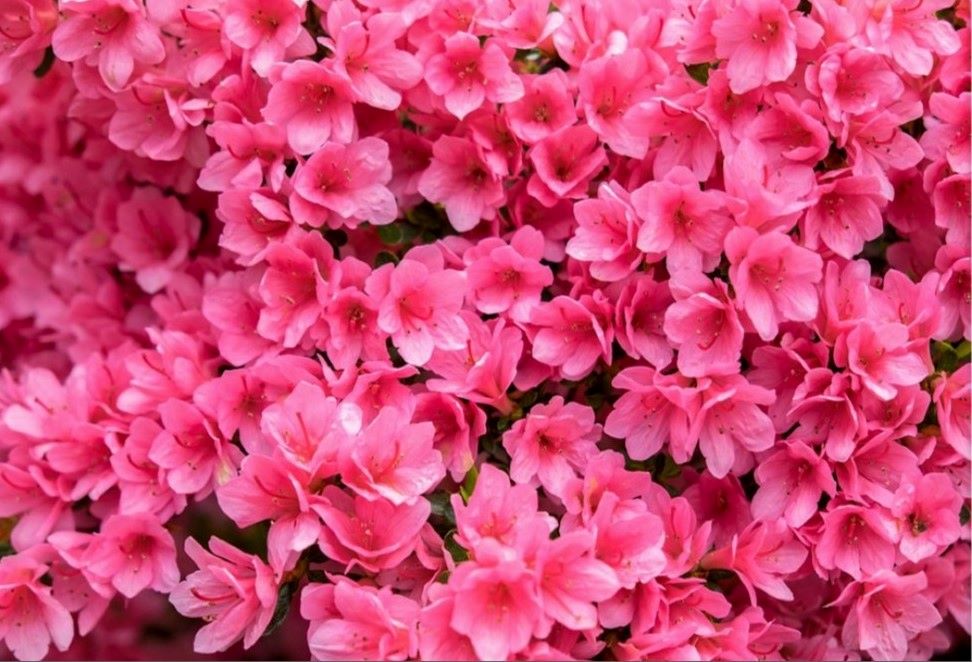
I grew up in the nursery industry in Baltimore City, MD, and, when I was a child, my family grew our own azaleas by making cuttings. As an adult, I have worked and lived for a year and a half in Wilmington NC, the home of the North Carolina Azalea Festival every April, the largest azalea festival in the world. So I do know a couple of things about propagating azalea cuttings.
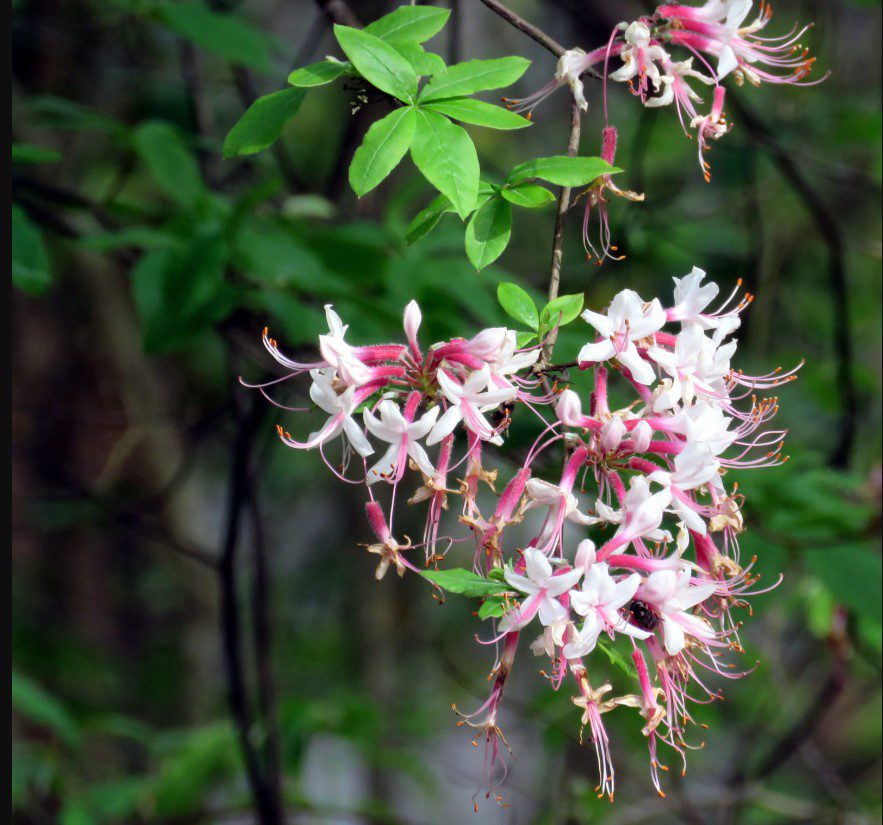
Just a sentence here about the two kinds of azaleas, both in the rhododendron family. The round, glossy evergreen bushes are Asian azaleas, often found as foundation plantings and blooming in bright pink in early spring, although there are now repeat bloomers that are being bred by hybridization or gene splicing. The other kind, native azaleas, are deciduous and sometimes highly scented. Native azaleas are taller and somewhat rangy. They can bloom at various times throughout the summer and may prefer light shade, sometimes damp and cool areas. A deciduous azalea, or Native American azalea, might have white, orange, pink, red, or bi-color blooms. And some are still being discovered in the wild. One was found in South Carolina in 1999, called the May White azalea.
In this new age of propagation, there is a lot of gene-splicing going on as man learns to do what bees have done since the beginning of time. First comes a gene splice. Then, after about five years of trials, we then learn if this man-altered plant, or in some cases this hybrid plant, is worth keeping. It makes me think of the movie “Weird Science” and long for the good old days.
In the good old days, every spring my father, Lawrence Leaf, Sr., and I would drive around looking for interesting azaleas. When he found one, he would contact the owner, offering to prune it for free.
Of course, free is such a magical word. So, we would carefully and professionally prune these azaleas, getting cuttings about 6 inches long. We would then strip the leaves off about four inches from the bottom, leaving 2 inches of green leaves. We would put root tone on the stripped part and place them in a tray of peat moss and sand, spacing them about two inches apart. It is important to keep the sand moist. When checking for roots we would gently move the cuttings back and forth. If we felt any resistance, we would pull the cutting up to see if it had grown roots, which looked like hair on the twig.
It can be very relaxing and therapeutic to take cuttings and grow your own azaleas. I highly recommend this old-fashioned way of adding old cultivars to your azalea collection.
It’s June, Water Your Plants and Water Yourself
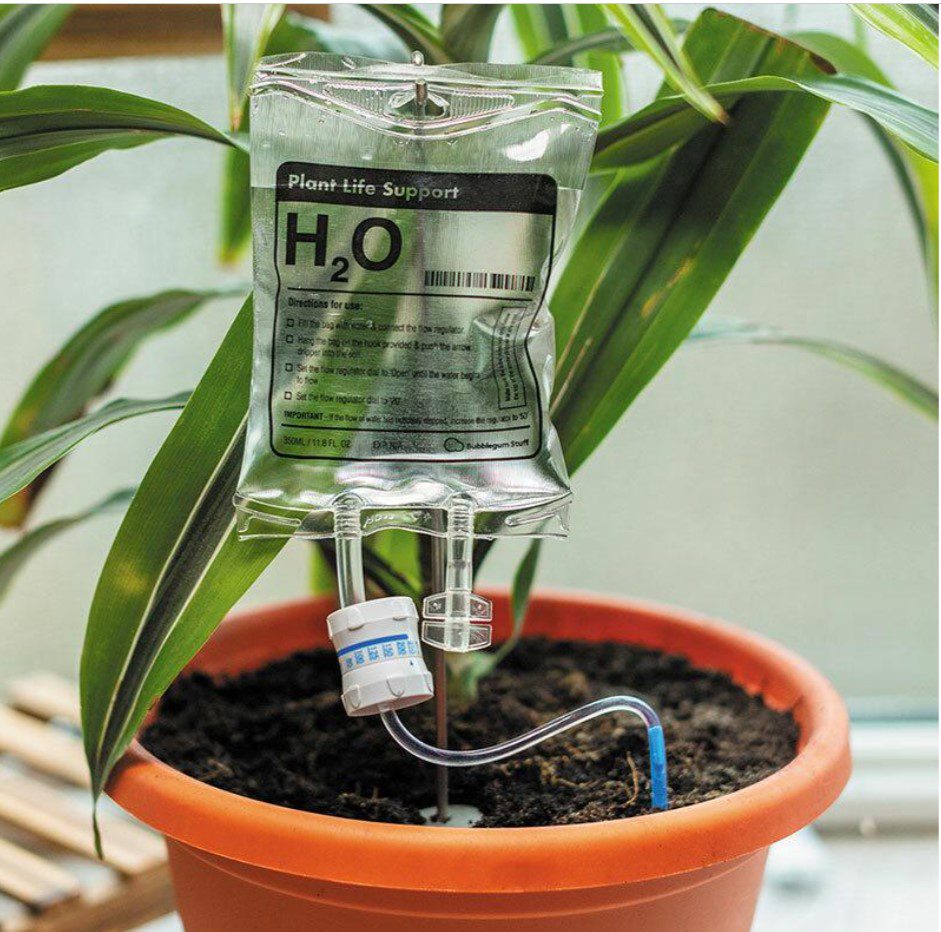
The longest day of the year is June 21, 2023. Plenty of sunlight to dry your plants out and yourself. Some gardeners like me will worry about their plants more than themselves.
This is not wise.
If you pass out, who is going to water the plants?
Lack of water to a plant results in slow growth or the plant becomes stunted. Some plants’ leaves turn from shiny to dull at the first sign of stress. Then they curl up and turn brown before falling off. Tree leaves tend to turn dull and then droop and sometimes start falling off before turning brown because the tree does not have the strength to hold them. Grasses tend to wilt, then turn dull from green to grey, silver-green then to brown.
To prevent any of this, look for the signs and water regularly.
For humans, signs of lack of water are thirst and dark-colored urine. This is your body’s way of trying to increase water intake and decrease water loss. Other symptoms may include dizziness or light headedness. So please remember: it is summer. If your plants need water, so do you.
Why You Should Add Natural Stonework to Your Garden

As summer approaches, concerns of droughts and dry weather increase. The worry is that flowers will wilt and die. Gardens are entertainers and you want to encourage as much of a robust performance as possible.
I have used natural stone boulders, natural stone ground covers as well as natural stone masonry walls quite effectively in my decades of garden design and building.
Plants stress over weather conditions any time of the year. Multiple shades of rocks will add lots of color without requiring any maintenance. And some plants like being around rocks. Think of bleeding hearts, iris, creeping thyme, hens and chicks, and hosta.
You may have noticed that I have not brought up man-made pavers. I am not totally against man-made products. In some structural cases, they may be a better alternative than natural stone. Pavers can be more labor efficient because of their engineering. But in my experience, pavers fade over time.
Natural stone does not fade. You may need to wash or power wash stone if it gets dirty, or if there is mildew or algae. Once natural stone is clean it will look brighter than ever.
Another benefit of natural stone is that people can plant fewer things and their gardens will still look interesting.
If it does not rain, your rock will not die! And even the smallest item, like this broken urn on its side, can make a focal point.
So have fun in your garden, and add some natural stone.
